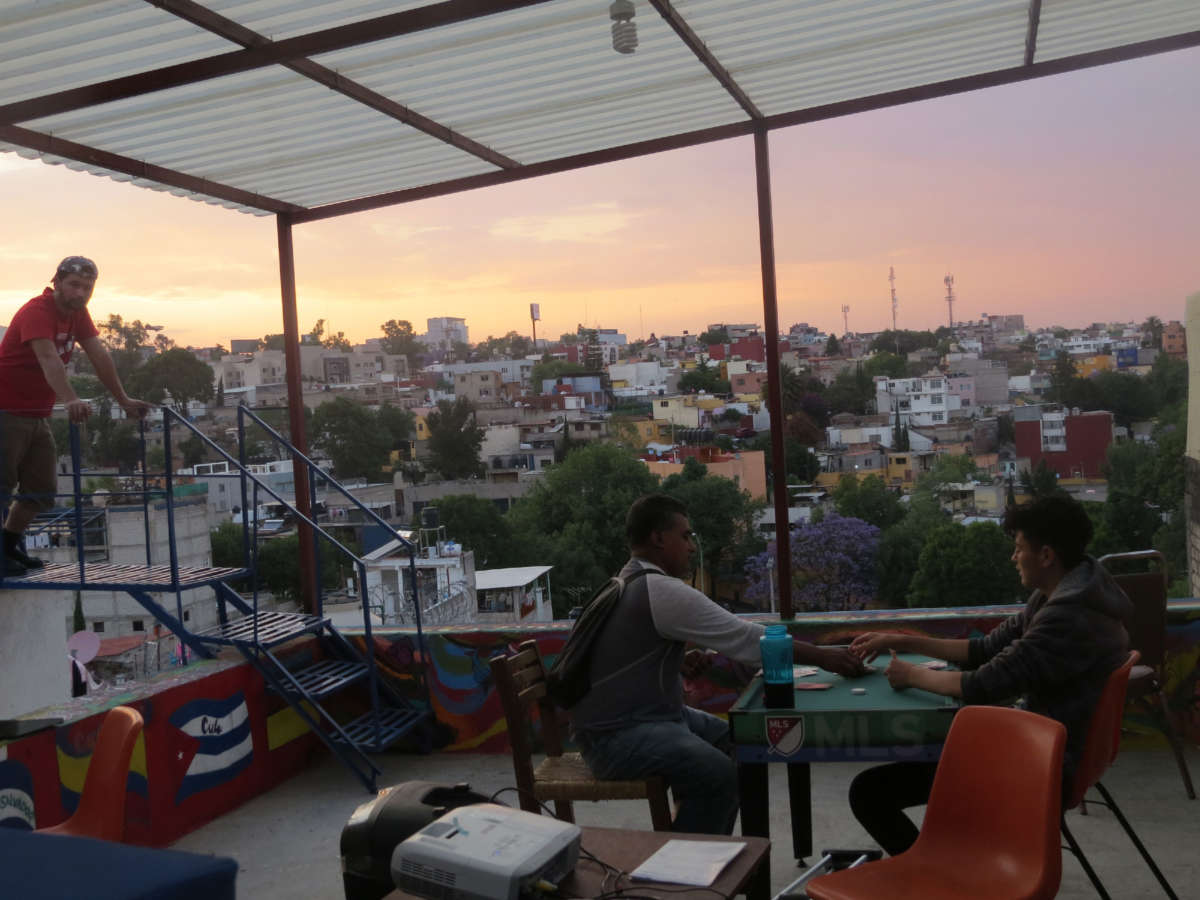Over the past few months, conditions for migrants traveling through Mexico have grown worse. With most shelters still closed to new migrants because of the pandemic and the U.S. sending people who reach the border back within hours, many refugees and migrants in Mexico are living on the streets.
The restrictive measures being applied to migrants in the name of the pandemic are not being applied to tourists, nor to delivery trucks crossing the land border with a range of essential and nonessential goods.
Indeed tourists from the U.S. — the country with the highest death toll from COVID-19 — are continuing to fly to Mexico to enjoy resort holidays in Cancun and elsewhere.
“If you’re ready and comfortable enough to fly, Cancun is a destination that ticks all (the) boxes,” wrote one tourist in July. Cancun reopened to tourism on June 8, and while Europe won’t let people from the U.S. in, Mexico is one of just a handful of countries that will. And despite Mexico ranking third in the world for the number of COVID-19 deaths — after the U.S. and Brazil — travel advice from the U.S. Department of State considers parts of it safer to travel to than Canada at the time of writing.
While an unreliable temperature check at the airport has been deemed enough for tourists entering by plane, who have been allowed to continue flying to Mexico throughout the pandemic, Mexico and the U.S. recently agreed to extend the land border closure, which only allows land border crossings from Mexico to the United States for “essential travel” until September 21. Stopping the advance of COVID-19 was the reason given by acting Homeland Security secretary, Chad Wolf, but the rationale seems cynical given the continuation of air travel. Meanwhile, the border closure only increases the already extremely dangerous conditions that people are migrating under.
The U.S.’s quick “turnback” policy was instated on March 24, 2020, purportedly to stop the spread of COVID-19. The policy is based on Title 42, which has been around in some form since the 1890s to stop boats that were coming from countries with infectious diseases like smallpox from entering U.S. ports. However, this is the first time it has been used on the U.S.-Mexico border, and it is unusual in that it is superseding immigration law.
It means that around 91 percent of migrants apprehended while trying to cross from Mexico into the U.S.’s Southwest border are being sent back within as little as two hours, according to Customs and Border Protection Acting Commissioner Mark Morgan. There were 38,347 apprehensions in July, the highest figure compared to the previous nine months. Sending migrants back in this form denies their human right to request asylum and their legal rights to due process. Even children who are testing negative for COVID-19 aren’t being afforded the legal protections they have.

COVID-19 as an Excuse to Violate Human Rights
While the U.S. government is falling far short in its efforts to address the virus within its borders, it is using COVID-19 as a pretext to justify mass deportations and detentions, Sister María Magdalena Silva Rentería told Truthout. She is the head of CAFEMIN, a shelter for women and children in Mexico City, and coordinates REDODEM, a network of 23 shelters in Mexico.
Maycon Peña, a refugee staying in a Mexico City shelter, had to flee Honduras due to his active opposition to the government as well as due to gang violence. “The border closure is just politics. I don’t agree with it,” he told Truthout. “The pandemic isn’t a reason to not attend to people who have had to leave their country and have traveled so far to request asylum.”
“The closing of the border isn’t a security measure,” said Silva. She described Mexico’s southern and northern borders as “porous.” Because they are so long, there are inevitably parts of the border that aren’t controlled. Increasing security and turning migrants back at key points, she argued, only means migrants are forced to try to cross through more dangerous areas.
“The smugglers are profiting from this, organized crime is, because they extort and kidnap the migrants and force them to enter the U.S. with drugs in exchange for helping them get across parts of the border that are less guarded,” she said.
Along Mexico’s northern border, there is chaos and extreme overcrowding, Silva said. She described how some people involved in the caravans from Central America a year and a half ago are still there, hoping to cross. “With the closure, a lot of people think it is better not to cross, so they are staying near the border and waiting,” she said.
Migrants waiting to cross are also extremely vulnerable to assault, rape, extortion, and other types of attacks. Some 56 percent of migrants and refugees that Doctors Without Borders attended to in Nuevo Leon last year, for example, suffered violence while waiting. Even before the pandemic, migrants wouldn’t leave shelters, for fear of kidnapping.
The UN is installing pre-made homes, similar to those used in other refugee camps around the world, to try to help some of the thousands of migrants stuck at the border. Apart from dealing with unsafe conditions, uncertainty and the pandemic, migrants are also now facing the storm and hurricane season.
People who have been turned around at the border also make up some of those now waiting there. Many of them are from Central America and have no connections or means to go anywhere else. Even those who are deported to Mexico City or Guadalajara often end up homeless or targets of organized crime. The expulsions, Amnesty International says, violate U.S. refugee laws and treaty obligations.
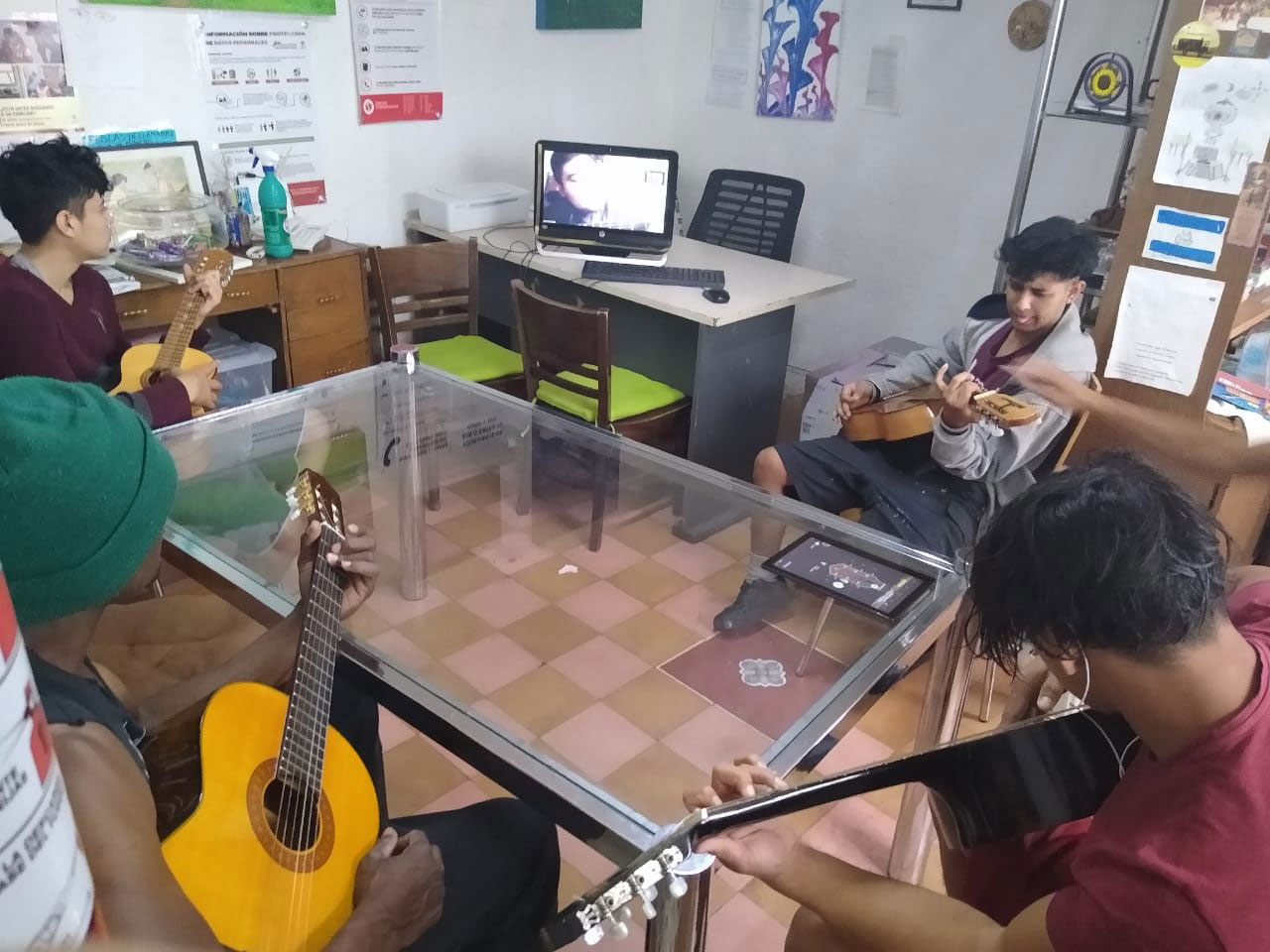
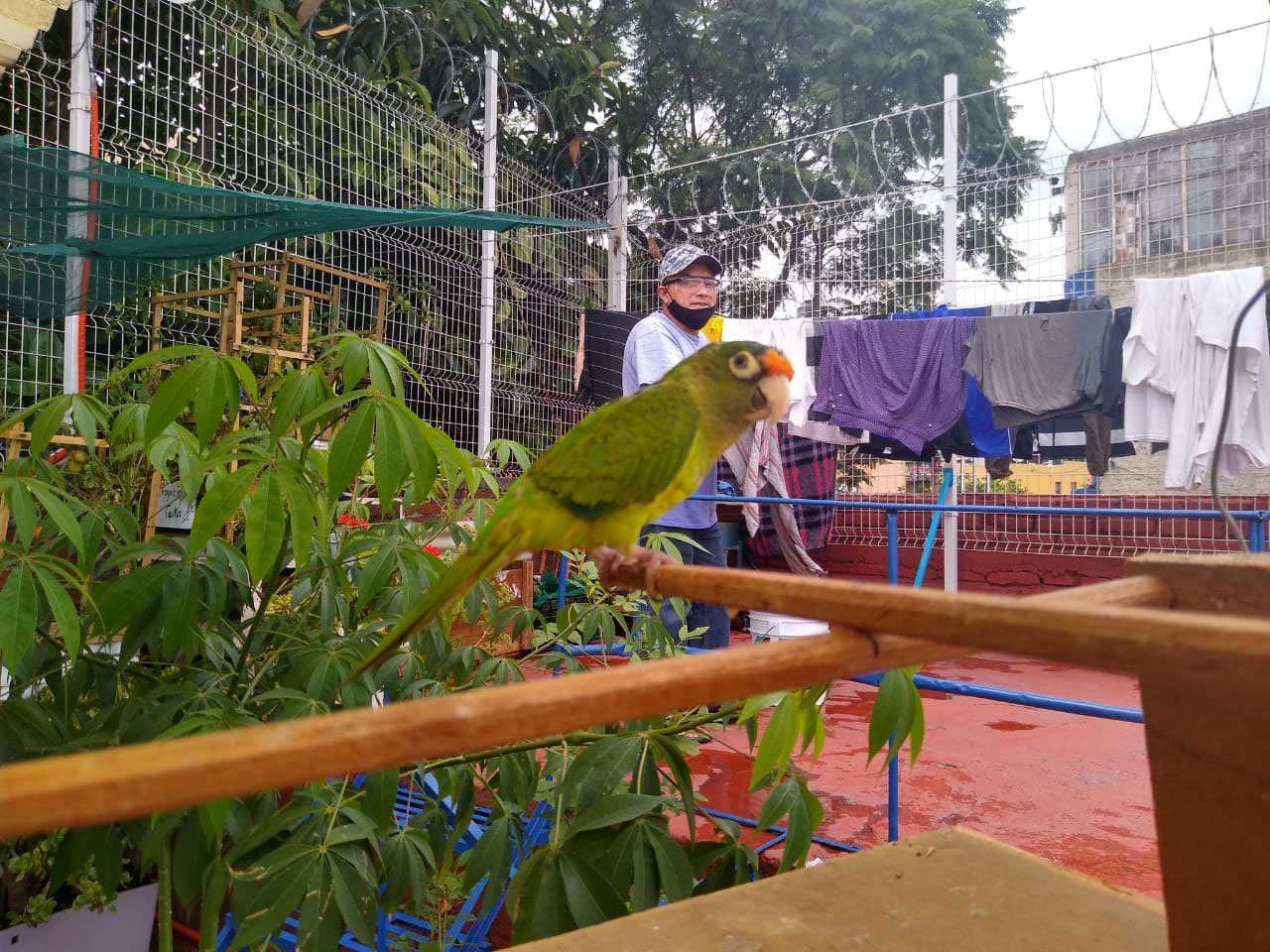
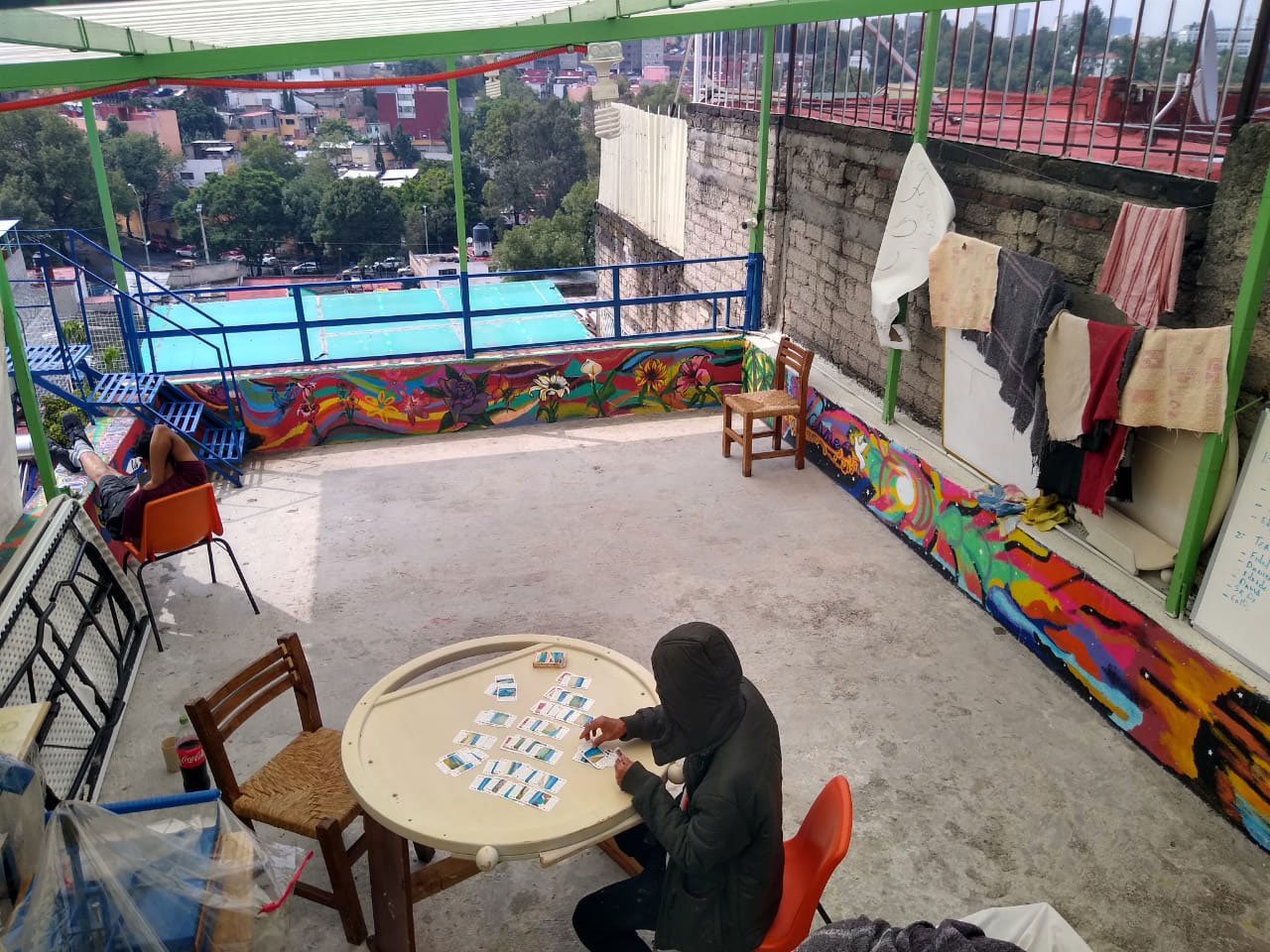
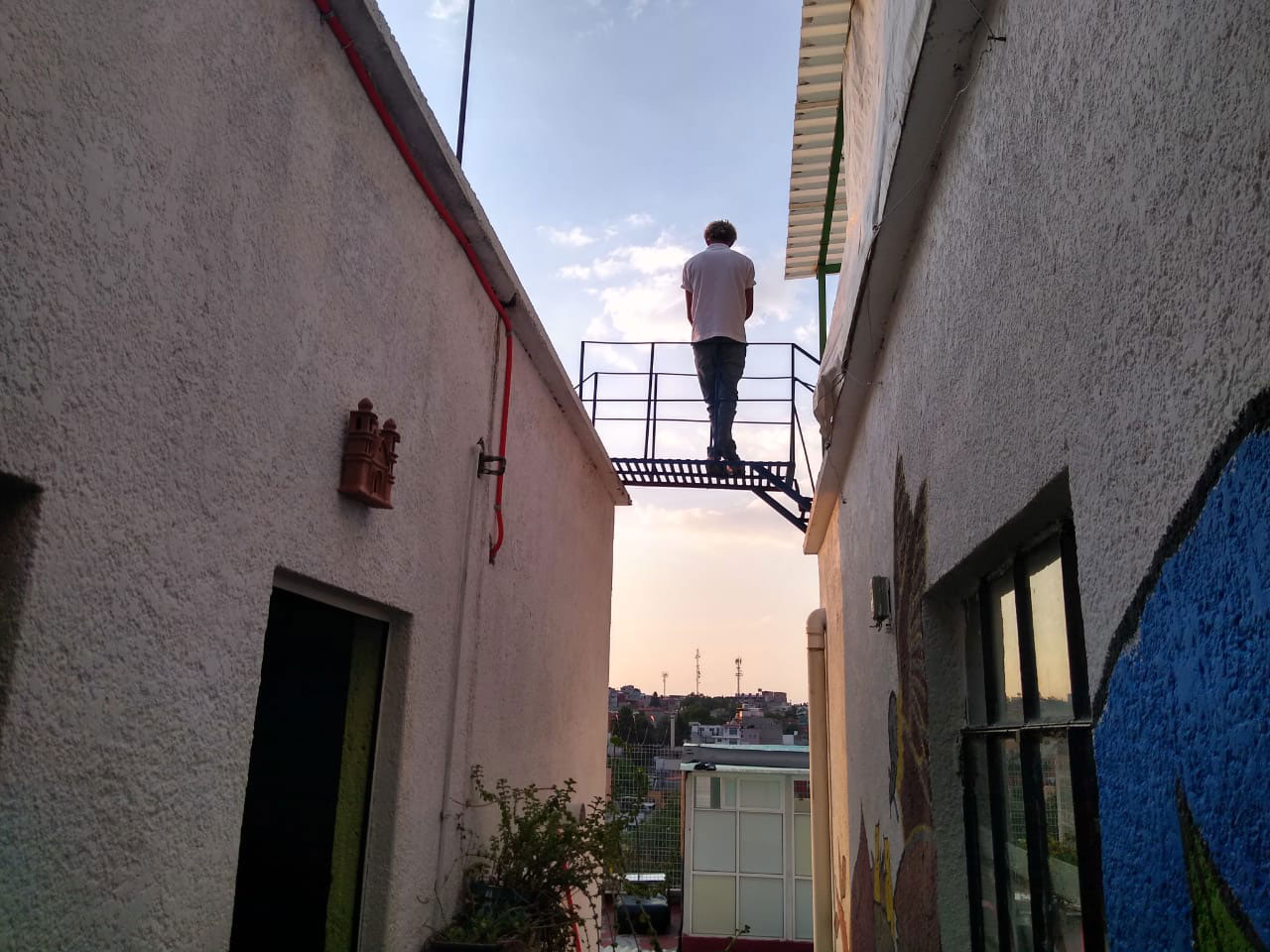
Pandemic Measures in Mexico Are Leaving Migrants Homeless and Unemployed
The border closure is also exacerbating already difficult conditions for migrants staying in or still traveling through Mexico. With the pandemic, most shelters closed their doors to new arrivals, and have forced current migrants to shelter in place except in the case of emergencies or the need to see a doctor.
COMAR, the Mexican Commission for Helping Refugees, has suspended procedures, meaning refugees in lockdown don’t know what is happening with their applications. Some, desperate, are abandoning their processes. Shut inside shelters for nearly five months now, migrants are also feeling anxiety and frustration. Child migrants are generally not getting their basic needs for education and play met. Some unaccompanied teenagers are facing deportation, but that can take up to four months, Silva said.
Donations to shelters have decreased, as businesses and individuals, negatively affected by the economic effects of the pandemic, have little to spare. In most of Mexico, shelters are relying on their own scant means to provide food.
Because a number of shelters are closed, many of those who are trying to travel through Mexico are sleeping on the street. Silva said that then exposes them further to violence and xenophobia. Those who previously had work, typically very precarious and under-the-counter, were among the first victims of the unemployment resulting from the pandemic.
“Before the job I have now, I was working in a bakery. It closed for a month with the pandemic and I can’t get by without work, so I got another job,” said Peña. “I was working in sales, and the boss said sales have gone down so she couldn’t pay us, and I had to leave that. I know a lot of people who are earning much less or who have lost their job. The pandemic has affected migrants very harshly.”
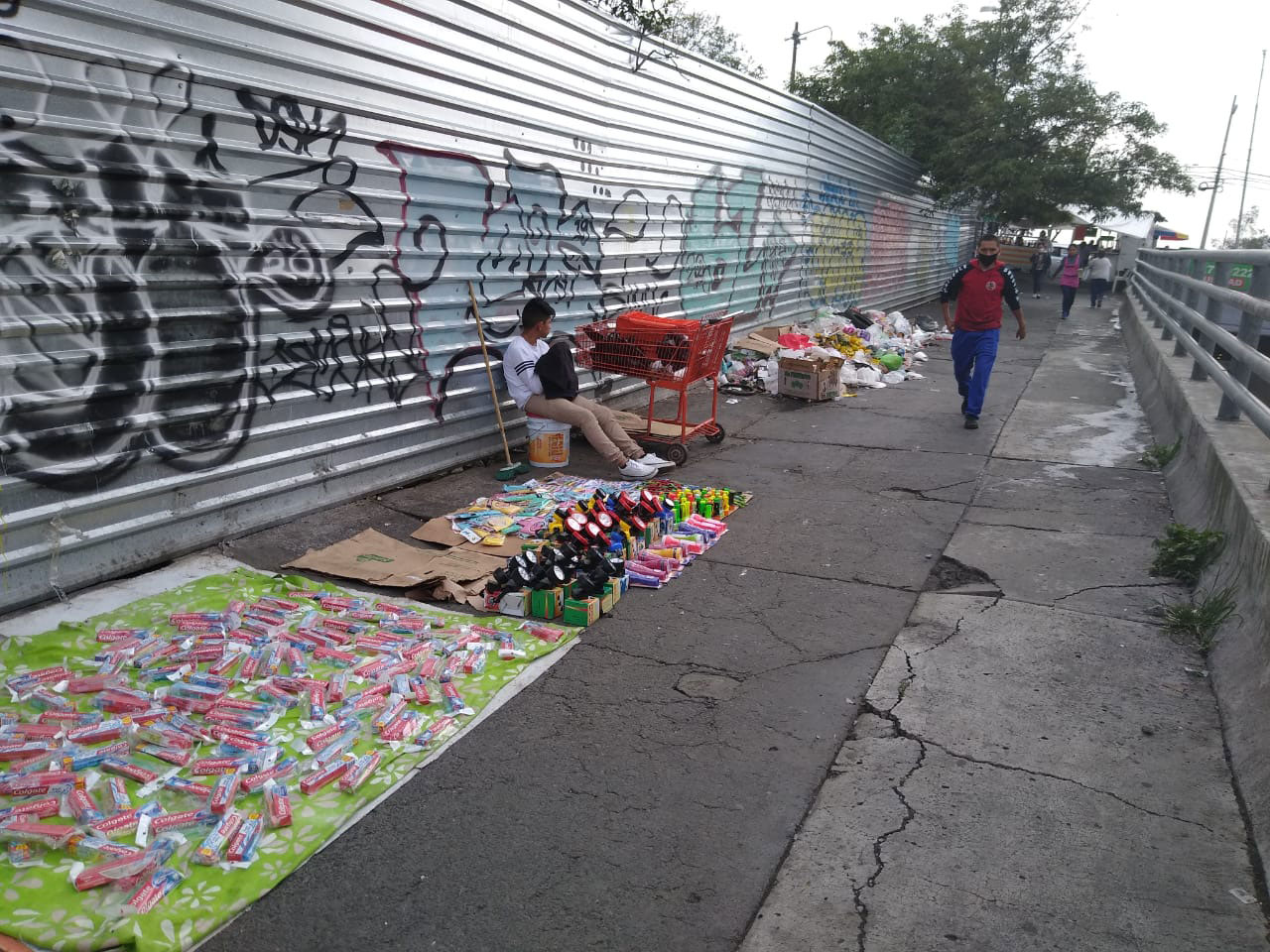
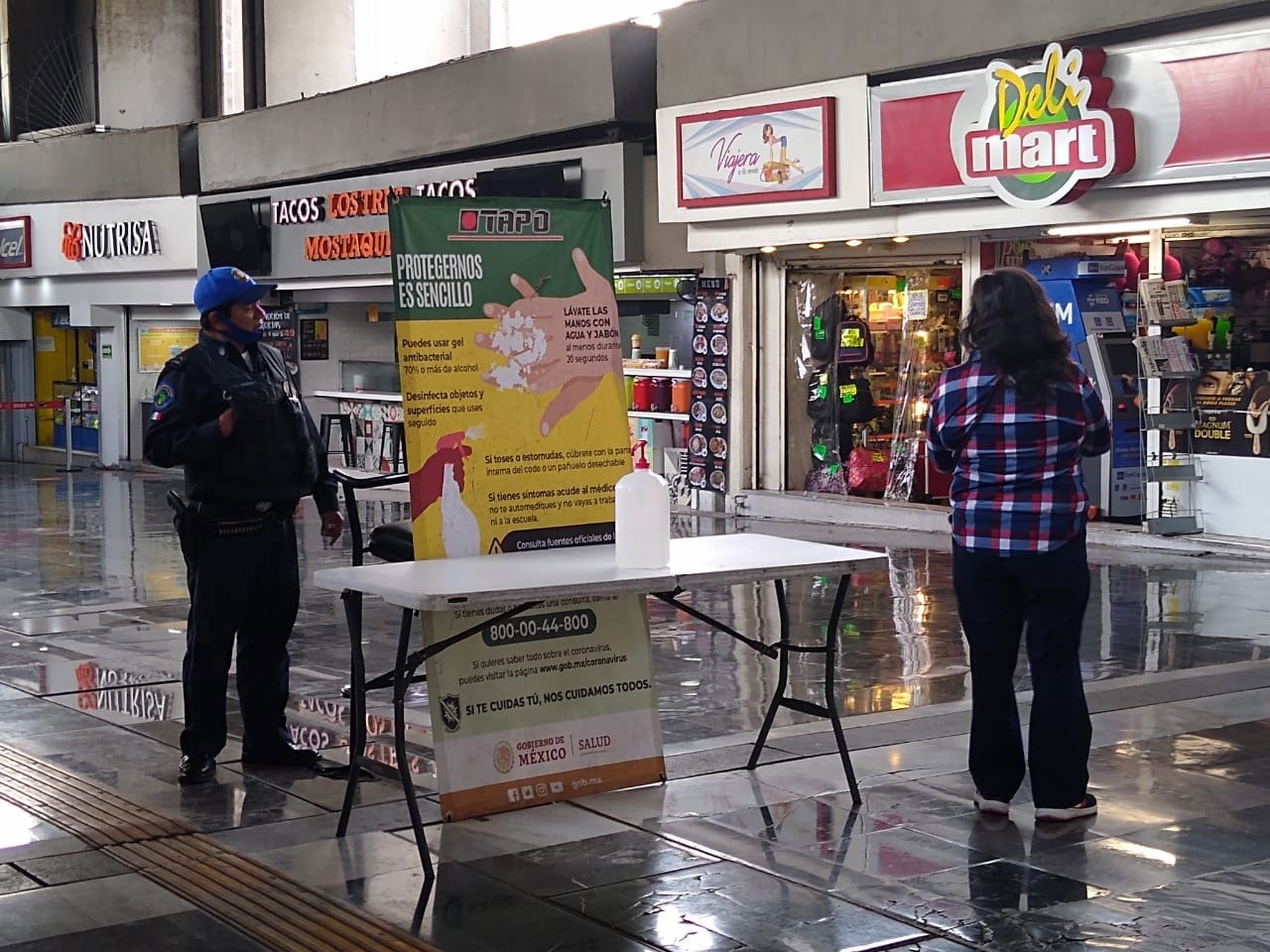
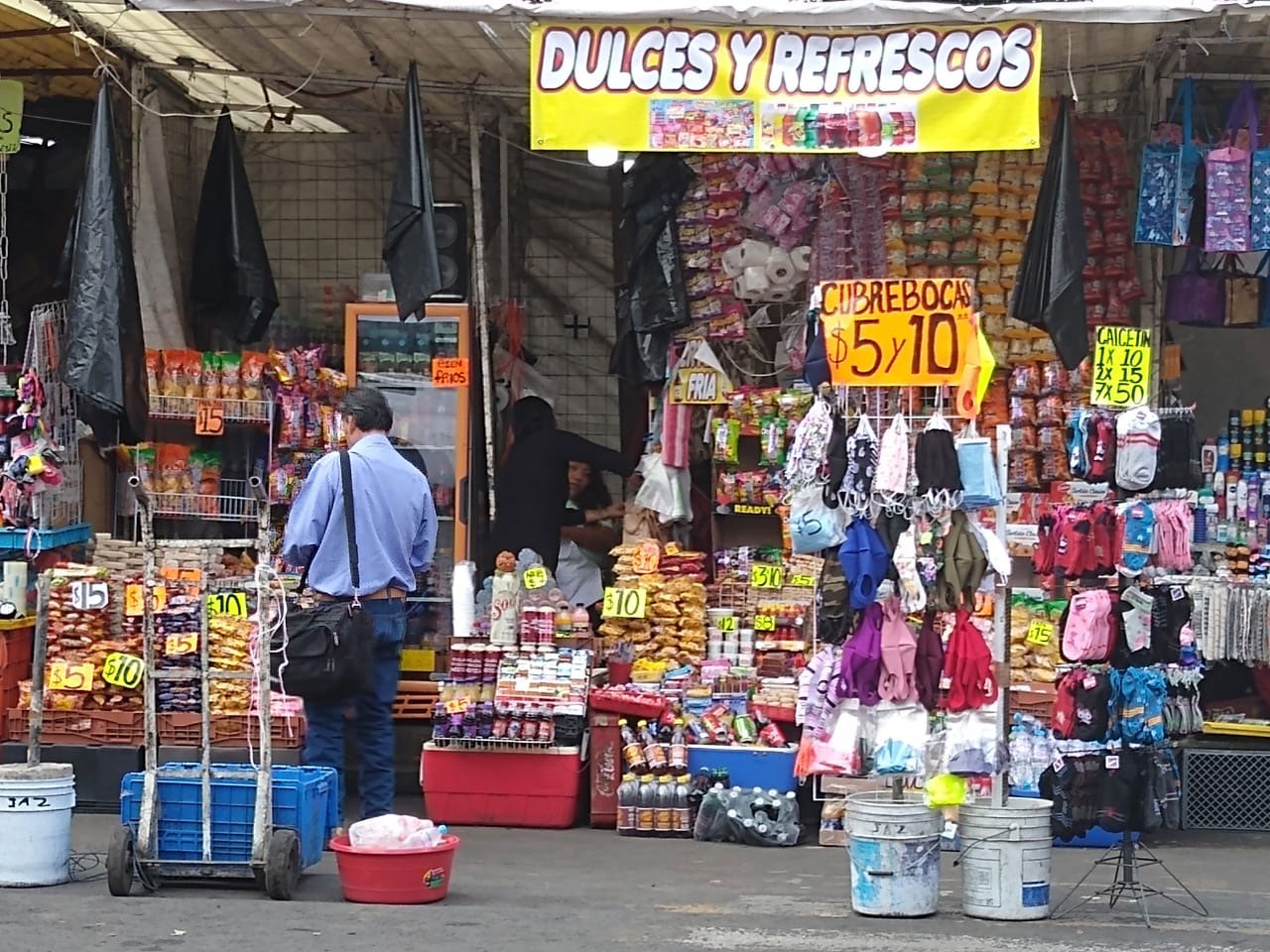
Central America and Mexico are feeling the full force of increased poverty as a result of the pandemic. In Mexico, those with an income that is insufficient to cover basic needs increased to 55 percent of workers. Some 16 million Mexicans have fallen into extreme poverty conditions over the past few months. In Honduras, the number of people facing food insecurity has almost doubled.
An International Organization for Migration survey conducted in June found that 84 percent of migrants are planning on resuming their migration once restrictions are lifted.
Once migrants resume travel, providing them with support and respecting their legal and human rights will be important.
The hypocrisy of the U.S. closing its borders to refugees and migrants while its tourists travel freely to Mexico shows that these policies are not about stopping the spread of COVID-19. Rather, they are a demonstration of power and of racism, and an extension of the massive inequality between the two countries.
Angry, shocked, overwhelmed? Take action: Support independent media.
We’ve borne witness to a chaotic first few months in Trump’s presidency.
Over the last months, each executive order has delivered shock and bewilderment — a core part of a strategy to make the right-wing turn feel inevitable and overwhelming. But, as organizer Sandra Avalos implored us to remember in Truthout last November, “Together, we are more powerful than Trump.”
Indeed, the Trump administration is pushing through executive orders, but — as we’ve reported at Truthout — many are in legal limbo and face court challenges from unions and civil rights groups. Efforts to quash anti-racist teaching and DEI programs are stalled by education faculty, staff, and students refusing to comply. And communities across the country are coming together to raise the alarm on ICE raids, inform neighbors of their civil rights, and protect each other in moving shows of solidarity.
It will be a long fight ahead. And as nonprofit movement media, Truthout plans to be there documenting and uplifting resistance.
As we undertake this life-sustaining work, we appeal for your support. Please, if you find value in what we do, join our community of sustainers by making a monthly or one-time gift.
